10 Super Effective HIIT Workouts That You Could Do At Home
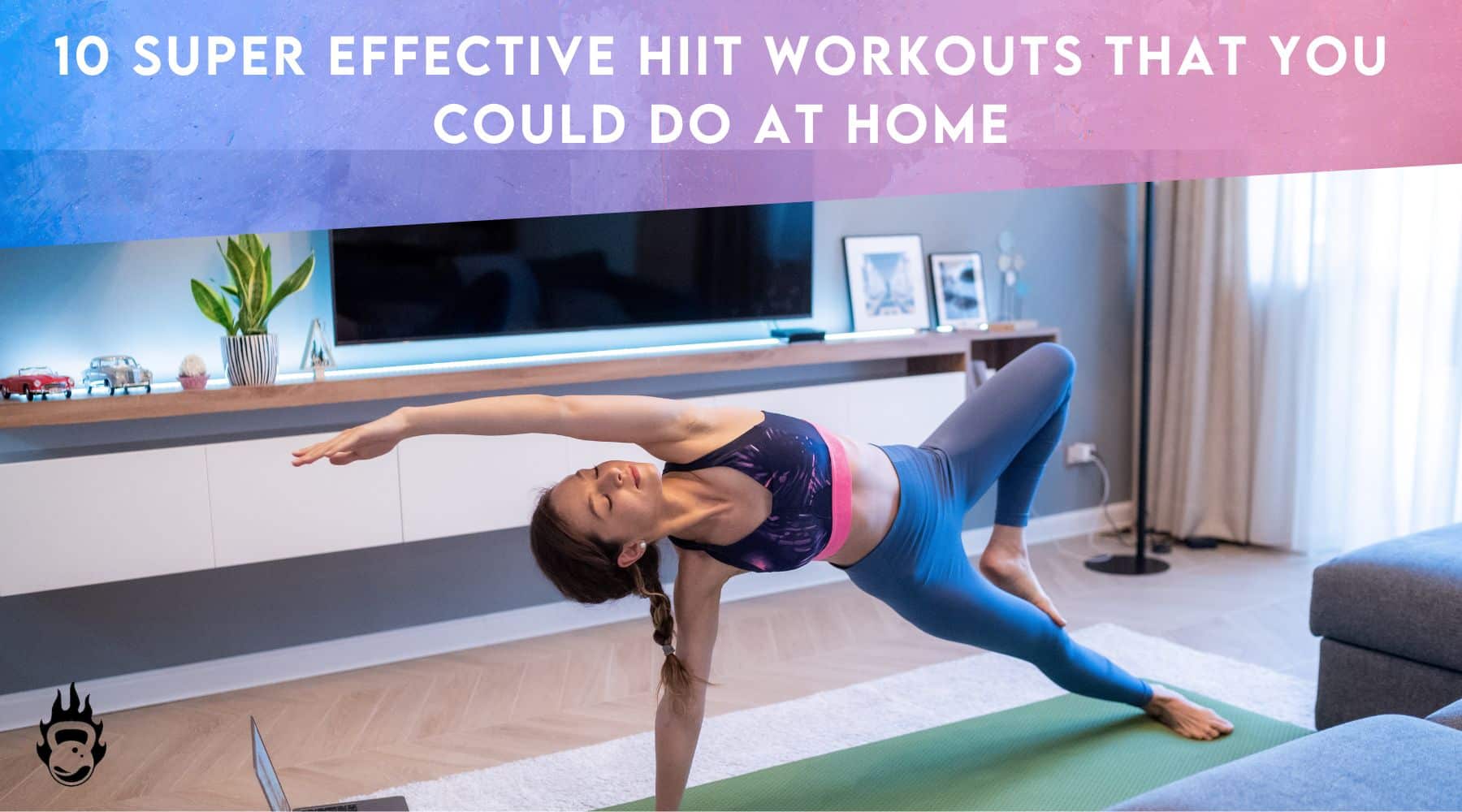
HIIT (High-Intensity Interval Training) was voted as one of the top fitness trends for 2020 (as per a survey by ACSM).
Surprised? You shouldn’t be!
Here’s why.
And the best part? You don’t need any fancy gym equipment to reap these benefits!
In this blog, we’ll show you 10 amazing HIIT exercises that you can do from the comfort of your home. And if you have questions such as “Is HIIT at home effective?” or “How do I start HIIT at home?”, you’ll get your answers right here.
Let’s HIIT it!!
What is HIIT
HIIT is a type of interval training that involves repeated bouts of high-intensity effort followed by periods of rest or lower-intensity exercise.
The intense work periods may range from 5 seconds to 8 minutes and should be performed at around 80% of a person’s maximum heart rate, while the recovery periods are usually performed at 40% to 50% of the same. (To calculate your maximum heart rate, subtract your age from 220.)
One of the biggest benefits of HIIT is that it improves your VO2 max - the maximum rate at which your body can effectively use oxygen during exercise. Research has shown that the better your VO2 max rate, the better your heart can pump blood and the longer you can work out without feeling breathless, and that in turn can help prevent heart disease.
How to start with HIIT at home
Here are a few things you should consider to develop an effective HIIT at-home workout program.
1. Decide your workout duration
Your HIIT workout can be anywhere from 5 minutes to 30 minutes long.
Yup, even 5 minutes is enough to get your HIIT on. Research by Dr. Izumi Tabata and his team shows that working out for a total of 4 minutes with 20 seconds of high-intensity exercise followed by 10 seconds of rest can give you better fitness gains as compared to moderate-intensity exercises done for an hour!!
2. Choose your workout frequency
As a beginner, you could aim for 2 to 3 HIIT workout sessions per week. Do it on non-consecutive days so that your body gets enough time to rest.
On your rest days, you could choose a slow-paced activity such as a walk or some light Yoga that’ll help you stretch out and recover from any muscle soreness.
3. Determine your workout intensity
When it comes to HIIT workouts, your exercise-to-rest ratio is crucial.
Your exercise duration should ideally be 20-60 seconds long. Depending on your current fitness level, pick exercise-to-rest ratios of 1:1, 1:2, or even 1:3.
As a beginner, your week-by-week progression could look like this:
- Week 1: 30-sec work / 60-sec rest
- Week 2: 30-sec work / 45-sec rest
- Week 3: 30-sec work / 30-sec rest
- Week 4: 45-sec work / 30-sec rest
4. Select your exercises
There are plenty of options for HIIT exercises. You could pick plyometric moves that challenge your body’s biggest muscles (think glutes, hamstrings, quadriceps) to work explosively. We’re talking box jumps, skater hops, burpees, and more.
Another option is to choose exercises for different parts of your body and combine them with a few cardio moves. So, you could pick HIIT exercises for your upper body (planks, crunches), lower body (froggers, jump squats), and core (Russian twists, flutter kicks), for instance.
Related: How To Set Up A Home Gym For Cardio?
Tips for an effective HIIT at-home workout
1. Include a warm-up and cool-down session
HIIT is INTENSE. That means unless your body is warmed up and ready to go, you could seriously injure yourself. A few great warm-up exercises include mobility exercises such as hip circles, and arm circles, and also slow-tempo reps of moves such as squats, jumping jacks, etc.
For your cool-down session, try exercises such as hamstring stretches, quad stretches, child’s pose, etc.
2. Practice proper form
Ensure that you understand the right form for all your exercises. If an exercise feels too tough for you, you can always try easier variations.
As a beginner, we strongly recommend doing only bodyweight exercises as adding weights means you have to be even more cautious about proper form. Once you’ve aced these movements, you can add free weights or resistance bands to scale up the intensity.
3. Don’t forget to fuel up
Ensure you eat an easily digestible snack around 45 minutes to 1 hour before your HIIT workout. The snack should include carbs (for instant energy) and protein (to help in muscle recovery).
Examples of pre-HIIT snacks include peanut butter on whole wheat toast, a low-sugar protein shake, etc.
You might also like: Gym Vs Home Workout: Which Is The Best For You?
10 HIIT workouts to do at home (no equipment)
For a full-body HIIT routine, perform these 10 exercises (in the order mentioned below) with 30 seconds per move, followed by 30 seconds of rest. This would be 1 circuit. Aim for 2-3 circuits. Don’t forget to include a warm-up and cool-down session.
1. Alternating Hand Plank
Alternate names: Walking plank, up and down plank
Works your: Shoulders, triceps, glutes, and core.
How to perform
- Get into a forearm plank position with both your elbows and forearms on the floor parallel to each other and your feet shoulder-width apart. This is the starting position.
- Keeping your core activated, push the ground with your left hand and straighten your left arm into a high plank position.
- Repeat with the right arm.
- Now bring your left arm back to the forearm plank position, followed immediately by your right arm.
Tips
- Avoid swaying your hips from side to side as you transition between the two plank positions.
- Ensure that your elbows are directly beneath your shoulders.
2. Air squat
Works your: Thighs, hamstrings, quadriceps, and glutes
How to perform
- Stand with your feet shoulder-width apart, your core engaged and your chest lifted.
- Stretch your arms out in front of you and squat back as if you were going to sit on a chair.
- Your hips should descend lower than the knees while maintaining the natural arch in your back. (The ultimate goal here is for your glutes to touch your calves.)
- Ensure that your heels are in contact with the floor the whole time.
- Pause for a moment and then push through your heels to rise up and return to the standing position.
- Squeeze your glutes at the top of the air squat.
Tips
- Don’t let your knees go past your toes.
- Don’t round your back or drop your shoulders forward.
- Ensure that all your weight is on your heels to prevent yourself from moving forward.
3. Wide-grip push up
Works your: Chest muscles and triceps
How to perform
- Get into a plank position on your mat with your hands apart (wider than your shoulders) and your fingers pointing forward. This is the starting position.
- Bend your elbows slowly and lower your chest towards the ground.
- Pause for a moment when your chest is just below your elbows.
- Keeping your core tight, slowly raise your body back to the starting position.
Tips
- Avoid dropping down too low or rising too high above the ground.
- Ensure that your elbows are always pointing downwards and not outwards or inwards as this could result in joint injuries.
4. Skater hops
Alternate names: Skater jumps, Skaters
Works your: Glutes, outer thigh, and core
How to perform
- Stand with your feet shoulder-width apart.
- Keeping your core engaged, slightly bend your knees and jump as far to the left as you can. Lead with your left foot and swing your right foot just behind your left.
- Swing your arms as shown in the video to help you maintain balance and jump further.
- Land on your left foot in a controlled manner and pause for a moment.
- Now repeat the jump on your right side.
- Keep jumping side to side for the desired time.
5. Cross-body mountain climbers
Works your: Abs, obliques, and hip flexors.
How to perform
- Get into a push-up position.
- Raise your left knee towards your chest and twist it towards the right elbow.
- Squeeze your core and bring your left leg back to the starting position.
- Repeat this motion with your right knee.
- Alternate between both sides for the desired time.
6. Bear crawl with resistance band
Works your: Shoulders, chest, back, glutes, quadriceps, hamstrings, and core.
How to perform
- Wrap a resistance band just below the knees.
- Get down on all fours in a tabletop position.
- Now lift your knees a few inches off the floor so that they are directly under your hips.
- Push your knees out to the side so that there is enough tension in the band.
- With your core engaged and a straight back, start crawling forward slowly one step at a time.
- Go forward a few steps and then go back the same way.
Tips
- Ensure that your hips, shoulders, and head are all in line with each other.
- Avoid shifting your hips around or taking very big steps forward.
You might also like: 10 Super Effective Abs Workout With Resistance Bands
7. Plank punches
Works your: Core, triceps, shoulders, quads, lower back, and lower abs.
How to perform
- Begin in a high plank position with your feet wide.
- With your left arm firmly on the ground, bring your right arm up and punch straight ahead of you.
- Return your right arm to the ground.
- Repeat the punch with your left arm.
Tip
Engage your core and don’t sway your hips from side to side when you alternate your punches.
8. Jump squats
Alternate name: Squat jumps
Works your: Glutes, hips, legs, thighs, abs
How to perform
- Start by standing with your feet shoulder-width apart.
- Bend your knees and go down to a regular squat position.
- Keeping your core squeezed, jump up explosively. Your legs should be fully extended with your feet just a few inches off the floor.
- As you land, lower yourself back into a squat position with control. This is one rep.
Tips
- When you land, ensure that your whole feet make contact with the ground.
- Don’t let your shoulders lean forward beyond your knees. This could put undue stress on your back.
9. Jackknife crunch
Works your: Abs, glutes, and hip flexors
How to perform
- Lie on your back on a mat.
- Extend your arms above your head and your legs out in the opposite direction.
- Inhale and contract your core muscles, pushing your lower back into the mat.
- As you exhale, raise your legs above your hip joint, while simultaneously crunching your hands up toward your toes.
- Inhale and slowly lower your arms and your legs until they are just hovering off the ground.
- Repeat this motion for the desired time.
Tips
- To make this exercise tougher, you can hold your legs about 35 to 45 degrees away from the floor.
- Remember to inhale and exhale as mentioned above to help in proper stomach muscle contraction.
10. Frogger
Works your: Quadriceps, hamstrings, and glutes.
How to perform
- Get into a high plank position with hands a little wider than shoulder-width apart.
- Keep your lower half of the body stable by screwing your toes into the ground.
- Keeping your core activated, jump your feet up to the outside of your hands. You should land right behind your hands in a deep squat position.
- Pause for a second before jumping your feet back to the original plank position.
Tips
- Avoid rushing through the moves.
- Maintain a neutral neck by looking down at the floor.
Related: 12 Simple But Effective At-Home Body Toning Exercises For Women
Total body HIIT at-home workouts with equipment
Here’s a HIIT workout for beginners using resistance bands.
And here’s a HIIT workout using skipping ropes and dumbbells.
Final words
HIIT is the perfect way to get your exercise in when you’re pressed for time. It’s also the best way to blast calories, lose weight, reduce your blood pressure, and more.
So stop making excuses and HIIT it right now!
Which one's your favorite HIIT exercise? Let us know in the comments below!
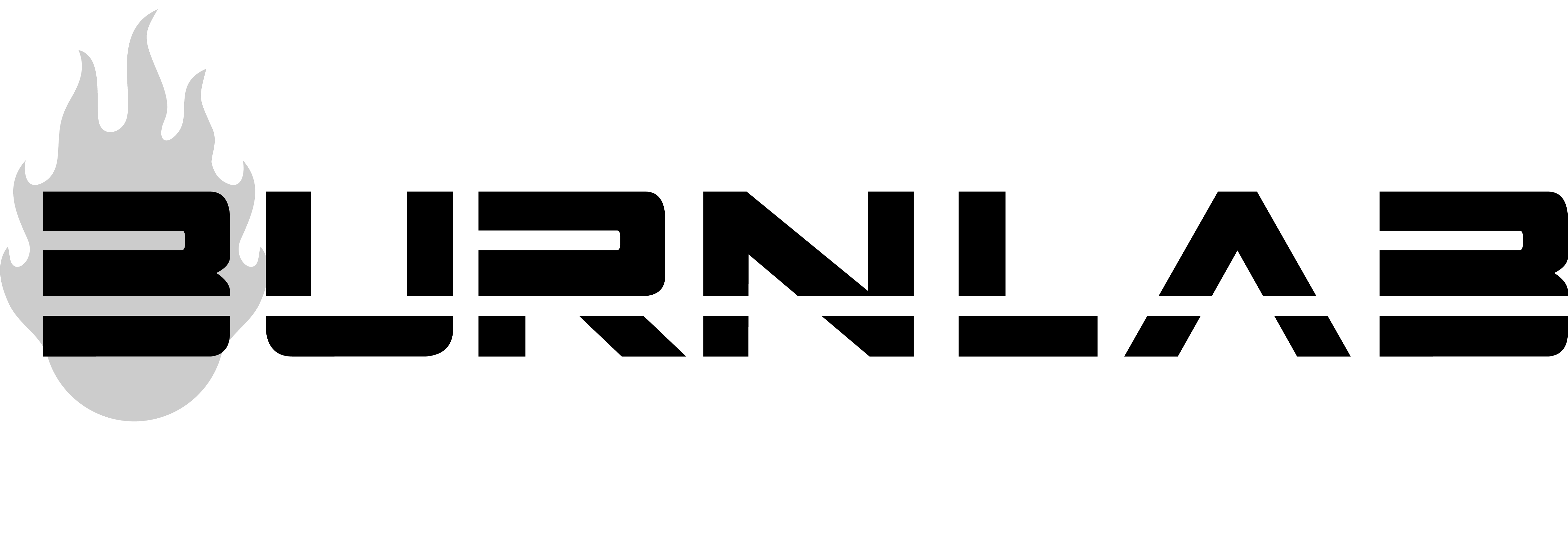

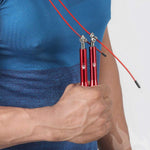
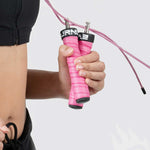

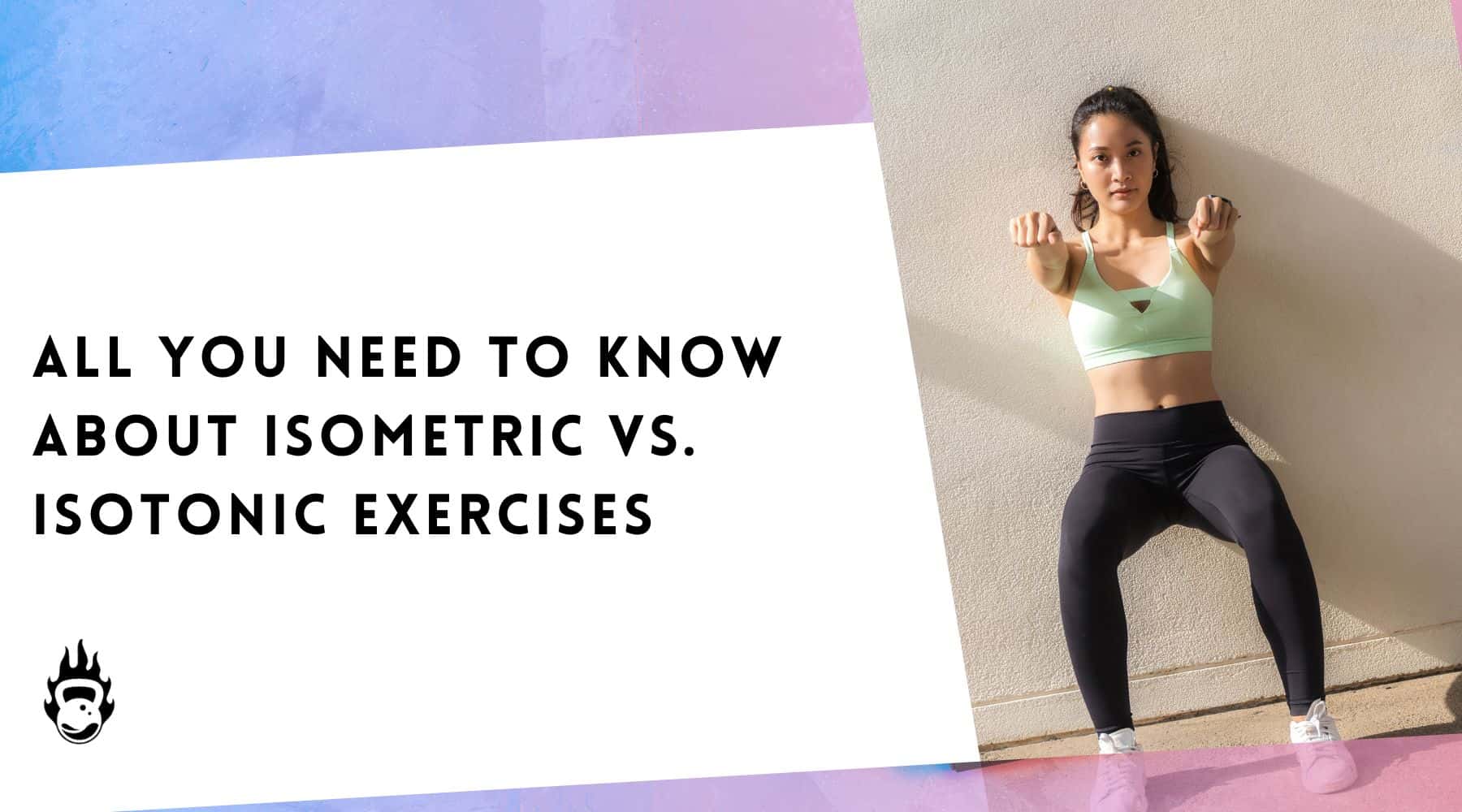
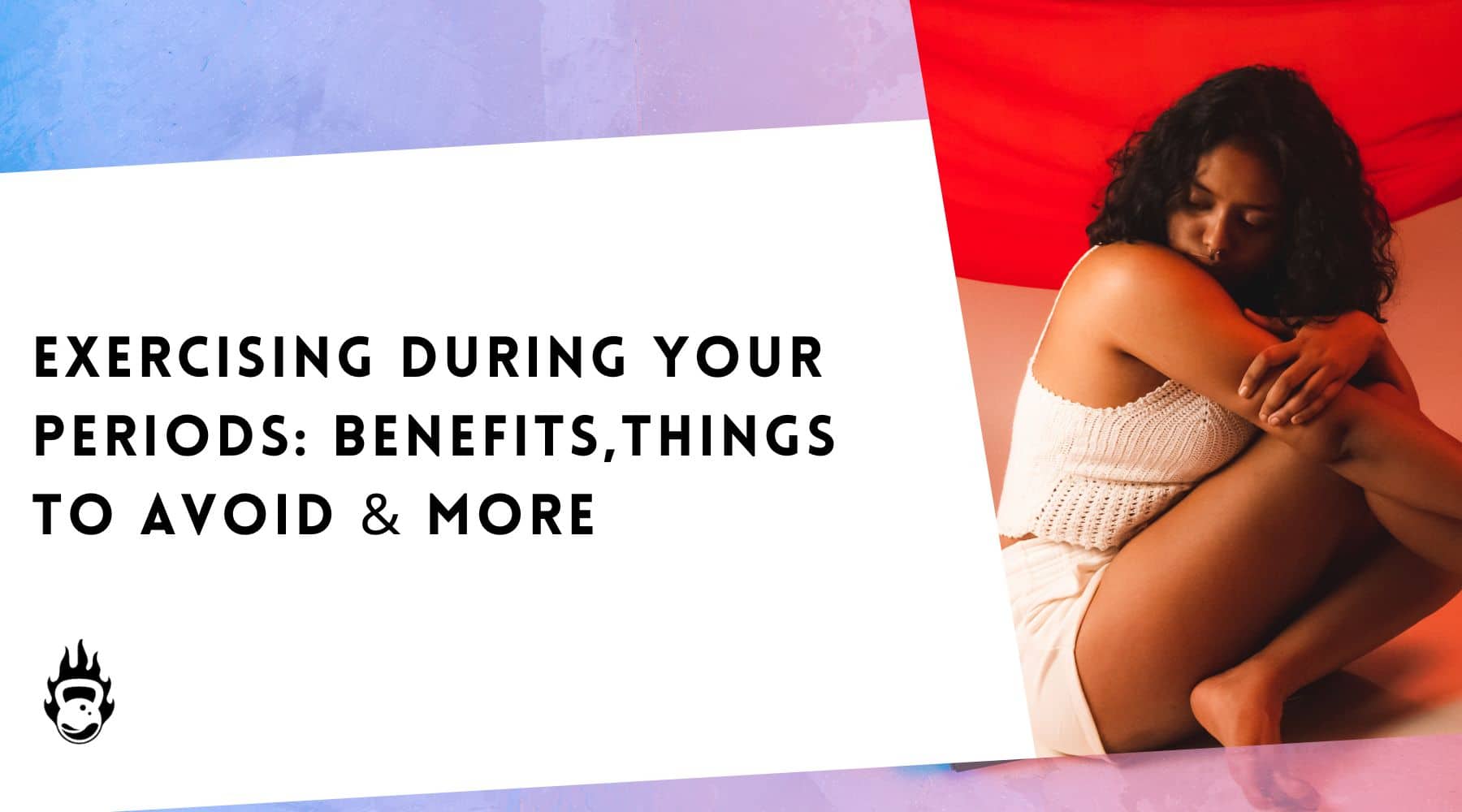
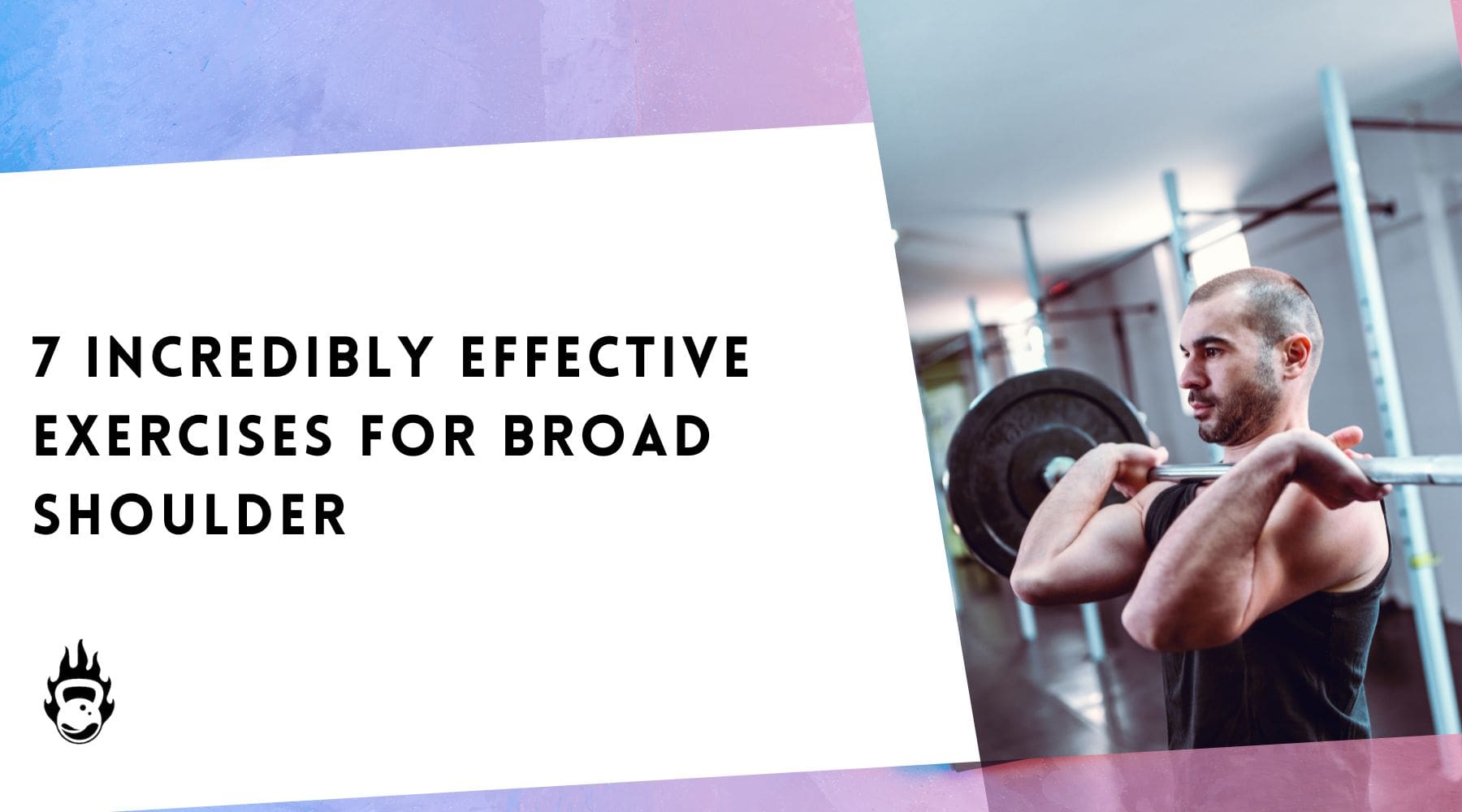
Leave a comment